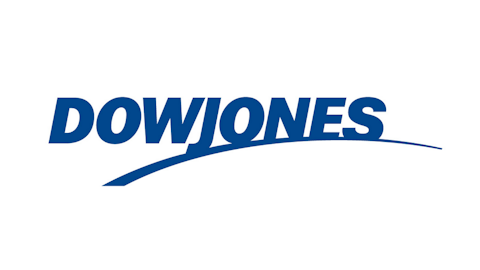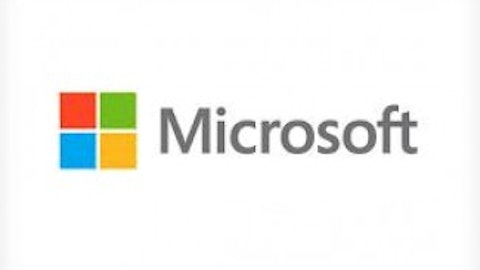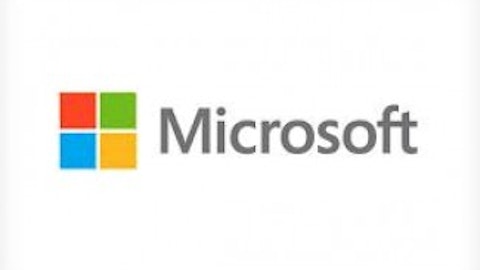A quick search on the Internet could lead us to several bullish articles on fabless semiconductor, Broadcom Corporation (NASDAQ:BRCM). Even after a disappointing earnings call, most analysts remain bullish on this company, and the fact that its stock may be very undervalued is popular opinion on the Street. The average target price of the sell-side is $34 dollars per share, representing a 35% upside. But, if Broadcom is really undervalued, why has negative sentiment persisted for so long ?

Source: Stock data comes from Bloomberg Interactive Stock Chart, Price target comes from Yahoo! Finance.
The rise of Qualcomm
Nearly half of Broadcom Corporation (NASDAQ:BRCM)’s revenue comes from its mobile and wireless segment, where the firm has to compete against giants like QUALCOMM, Inc. (NASDAQ:QCOM), a strong player in the mobile arena and an early mover in the 4G LTE connectivity field. Unlike Qualcomm, Broadcom doesn’t currently offer a 4G LTE solution. The company has promised one by mid-2014. But in the meantime, this promising market belongs to QUALCOMM, Inc. (NASDAQ:QCOM).
Bye-bye, 3G
Broadcom Corporation (NASDAQ:BRCM)’s main cash cow, 3G solutions, will be replaced in the next few years by 4G LTE solutions. Intel Corporation (NASDAQ:INTC) also has strong exposure to 3G solutions, and reported weak sales in this business.
Additionally, Broadcom Corporation (NASDAQ:BRCM) competes with QUALCOMM, Inc. (NASDAQ:QCOM) in almost every one of its business segments. It already lost a good number of low-cost smartphone sockets to Qualcomm. Instead of Broadcom’s products, Qualcomm’s connectivity chips were chosen for the Motorola Moto X and the Samsung Galaxy S IV Mini.
The important handsets to watch next are the iPhone 5S and 5C. Broadcom Corporation (NASDAQ:BRCM)’s negative market sentiment could increase if Apple decides to use QUALCOMM, Inc. (NASDAQ:QCOM)’s connectivity chips for both the iPhone 5S high-end and 5C low-end models. After all, the new Qualcomm RF360 Front End Solution chip could allow the iPhone to run on all 2G, 3G and 4G LTE networks. That could save time and money for Apple, as it won’t have to design a cell phone for each network, like it did with the iPhone 5.
Losing some models does not mean Broadcom is losing the market. However, losing the iPhone business could add meaningful damage to the company’s revenue base. Broadcom can’t afford losing big clients, especially after it lost its business with Nokia when the Finnish company shut down the Symbian platform and moved to Windows-based handsets.
In this way, increasing competition from QUALCOMM, Inc. (NASDAQ:QCOM) and a weaker demand for 3G connectivity semiconductors could keep hurting Broadcom’s business. Notice that Broadcom’s sales in this segment contracted almost 3% last quarter. That may be just the beginning.
Unattractive margins
Bulls have faith in Broadcom’s army of engineers and massive R&D budget. They believe the company will manage to keep itself as a leader in the mobile connectivity arena.
Even if that’s true, they shouldn’t expect to find great margins here. Fierce competition against Qualcomm is unavoidable, and a Price war could be in the making. Furthermore, to keep themselves in the game, both Qualcomm and Broadcom must continue investing in technology. In my opinion, these are reasons strong enough to assume margins of 20%, at the most.

Notice also that in the short-term, Broadcom’s operating margins will also be affected by its traditionally high stock compensation expenses, the costs associated with the acquisition of NetLogic, and associated impairment charges.
Better alternatives
If you are interested in the semiconductors industry, there may be better risk/reward asymmetries. Trading at 35 times earnings, Broadcom doesn’t look particularly attractive.
Trading at 17 times earnings, Qualcomm, whose chip business was up 8% sequentially, offers better risk/reward. Downside risk is reduced by the fact that handset makers must pay royalties to Qualcomm for having their mobile phones functioning on a CDMA-based network. And unlike Broadcom, Qualcomm gave strong guidance for the upcoming quarter. It is expecting chip unit shipments of $171 million-$181 million.





